Lungworm is becoming much more common, and is now a risk to dogs across much of the UK. Lungworm can be fatal and is very hard to treat once the symptoms appear. A lungworm screen looks for larvae though you should always be aware of lungworm symptoms; coughing; fast, heavy, noisy breathing; weight loss; unexplained bruising and bleeding; seizure.
Lungworm larvae are invisible to the naked eye. If your dog likes to eat grass, slugs or snails they are at risk of catching lungworm. Dogs who eat a bird or animal who has eaten a snail or slug can also become infected.
How your dog gets lungworm? Your dog swallows the lungworm larvae which then leave the gut and migrate to the lungs via the blood. The larvae hatch into adult lungworms and make their way up through the lungs. If your dog gets to the point where they’re coughing up lungworms they’re in serious trouble. Which is why diagnosis and early treatment are essential.
Test Kit: lungworm
Do the lungworm test if:
- Your dog licks or eats grass, slugs or snails
- Or eats dead animals and birds
- You don’t worm your pet at all
- You want to check that your regular worming schedule is providing cover
- You would like to worm your dog less often but remain protected
- You raw feed your animals
- You live in a lungworm hotspot
Benefits of a lungworm test:
- Inexpensively check for lungworm
- Especially good if you can’t worm your pet for any reason
This is a three day test requiring three samples in total. Post the samples on day three to make sure they’re as fresh as possible when they arrive at the lab. Open the kit. Take a sample of your dog’s poo from that day using the small spoon provided. Put the sample into one of the the smell proof bags, dispose of the spoon! Repeat for days two and three. Put the smell proof bags into the freezer bag the kit came in.
Fill out your details on the enclosed form and put the lot into the Freepost bag. Post as soon after collecting the last sample as possible. Try to take the sample on Sunday to Thursday so the sample isn’t sitting in the post box for a couple of days.
The sample goes directly to the lab for testing. The results are emailed to you within 24/48 hours of receipt.
- Full instructions
- Disposable gloves
- Collection spoons
- Smell proof bags
- Outer bag
- Freepost envelope
If you worm your dog: Lungworm screens can be done any time from 14 days after worming. We don’t recommend doing a test before 14 days has elapsed as the worming treatment you have used will need those 14 days to work its magic.
If you don’t worm your dog: Do a test any time, especially if you’re concerned lungworm may be present, or you live in, or have visited, a lungworm hotspot.
It is recommended you test for lungworm four times a year.
This test is not intended as a replacement for worming your pet in the first place. It is merely a way of monitoring the worm egg burden of your dog and treating accordingly. Many owners choose to worm their pets while others never do, which is entirely your decision.
Always worm puppies by following a veterinary flea and worming schedule as they will have inherited a parasite burden from their mother, and not to do so can pose a serious health risk to very young animals. If you have any questions do not hesitate in getting in touch.
Bear in mind that larvae may only be present intermittently in the faeces and dogs may show clinical signs such as coughing prior to the larvae being present in the faeces. If you’re worried and if you know of Lungworm cases in your area a veterinary blood test is advisable.
£17.00

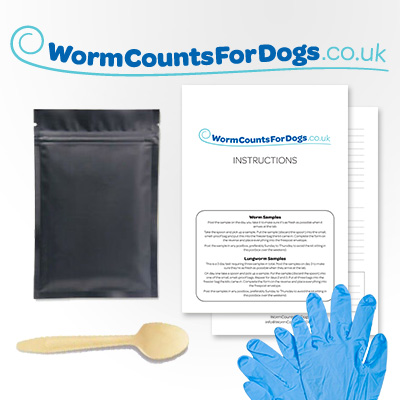
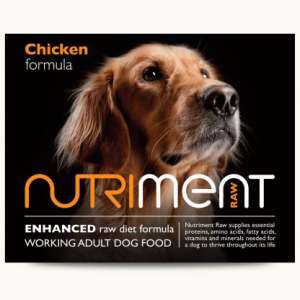
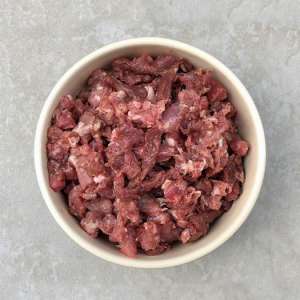
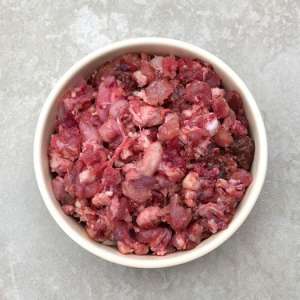
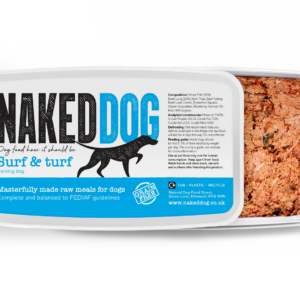
 Collect Points When You Buy.
Collect Points When You Buy.